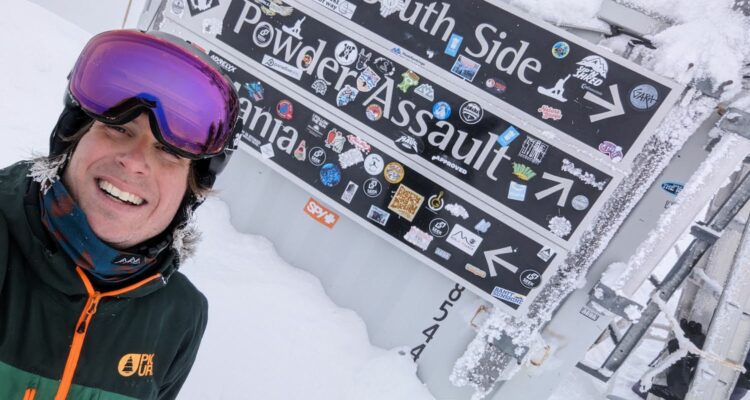In Milwaukee Record’s “Meet A Brewer” series, we aim to introduce you to some of the professionals behind the scenes who are responsible for making some of your favorite local beers. The recurring series—sponsored by BeerPass MKE, the only app that partners with Milwaukee bars, restaurants, and breweries to give you a free beer every single day you go out—continues with Amorphic Beer co-owner, co-founder, and brewer Ron Hockersmith.
Milwaukee Record: What’s your personal brewing history? How’d you get your start in this industry?
Ron Hockersmith: I’m actually from Arizona. I grew up in a mix of Arizona and Los Angeles, and I actually wound up coming here in 2003. The beer scene in Milwaukee in 2003, especially in terms of hop-forward things, was extremely lacking. At the time, Lakefront didn’t even have an IPA. I was basically flying back to the West Coast to get hop-forward things like IPAs and West Coast pale ales. Eventually, that became a pain the butt to do that all the time, so that’s what initially got me into home brewing—a lack of a certain type of product that existed in the Milwaukee area. I got a kit and quickly realized that wasn’t for me. Every beer after that, I designed from scratch myself.
I did that for 15 years or so, then the industry kind of caught up in IPAs and hops in the Midwest, especially in Milwaukee when places like Eagle Park and 1840 started to show up around 2017. That whole time I was here, I was an engineer. I worked at an aerospace company, then I came here to work for GE Healthcare, then worked for an international defense contractor. The corporate life became something I didn’t want to do, so I just quit. Then I got bored. So I guess being early retired was kind of boring.
Company Brewing was looking for someone to help out in the brewery. I sent them my résumé and got a call back that was like “I don’t know if you applied to the right thing.” I told them I was just looking to learn and take what I know about the science and mechanics of brewing that I’ve already learned from my education, my other experiences, and home brewing and see how they translate to a larger scale. One of the best things that ever happened there, I showed up and about two weeks later, we tore the brewery apart, brought in a bunch of new tanks, expanded, and basically constructed a brewery. I did that job for about a year, then we started [Amorphic Beer] and I’m still trying to figure out if that was the right decision [laughs].
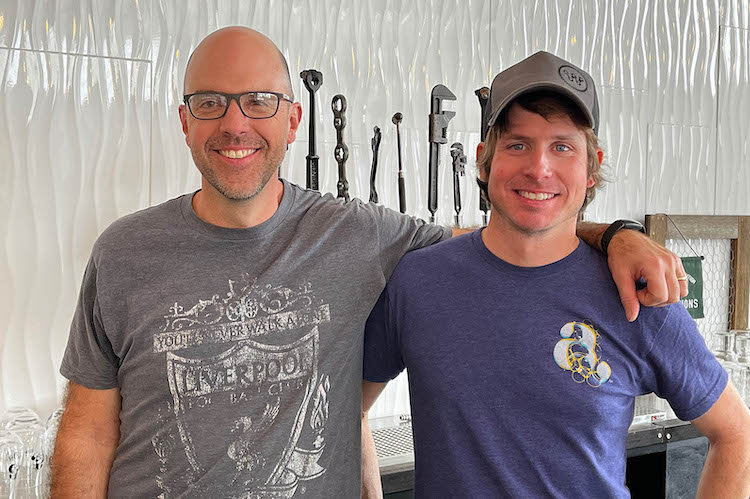
MR: What’s the first beer you can ever remember having?
RH: Well, we said the beer scene wasn’t super great here in 2003. Imagine Phoenix in 1999. It was atrocious, so I didn’t drink beer. I thought beer was Coors Light, Bud Light, and Coors Banquet if you were lucky. Maybe a Guinness. Those were pretty much your options, so I didn’t drink beer at all. The T.A. in one of my classes at Arizona State University said “I don’t feel like teaching today. You guys want to go get something to eat and we’ll briefly talk about kinematics and dynamics while we’re there and it’ll count as your class for the day?” Someone said we should go to this place called Four Peaks Brewery, which was one of the first breweries in Arizona. I didn’t order beer because I didn’t like beer at the time—or I didn’t know that I liked beer. I just had water, and then the person next to me—after I explained I didn’t like beer—said, “Why don’t you try this? You’ll probably be surprised.” What do you know, it tasted nothing like Coors Light or Bud Light. It was actually their hefeweizen. It tasted like bananas and cloves. It was amazing. I literally went back to that place at least once a week for the remainder of my time in Arizona.
MR: What are some favorite Wisconsin breweries, and why?
RH: I’ll answer it this way: When we wrote our business plan, we did a lot of analysis because we’re engineers and nerds in that way. We took a bunch data and gathered production data of every brewery in the state for the past 10 years so we could see how trends went up and down. When we did that, a brewery that was sort of following the business model we hoped to emulate was Working Draft in Madison. I mean, they make great lagers and they’re also very IPA-focused. We make Czech lagers, and IPAs, and occasional oddball things like cactus hibiscus sours, but that sort of aligns with what they’re doing. I don’t know for sure, but it seems they do most of their business out of their taproom just like we do and distribute to key places they’re happy to be part of. So Working Draft is a place we try to be like. I’ve even told them that we try to be the Working Draft of Milwaukee. I don’t know if we’ve achieved it, but since we’re inspired by them, that definitely has to be at the top of my list.
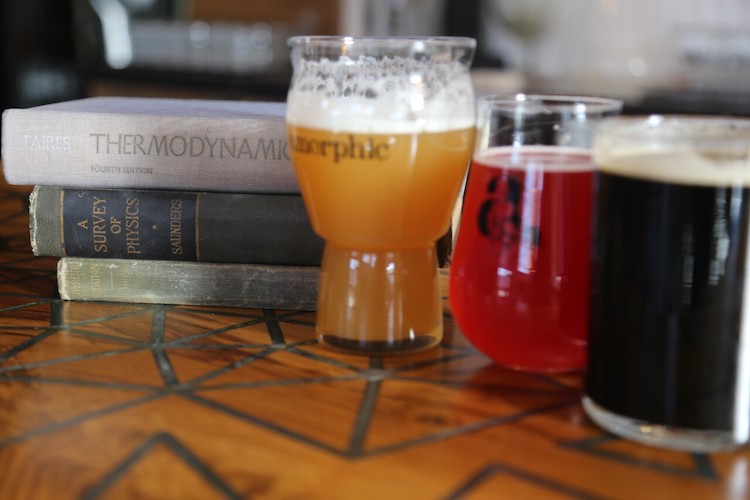
MR: You’ve basically already answered this, but if you could only have one beer style for the rest of your life, what would it be? I think I can safely narrow it down to either IPA or Czech lager, right?
RH: Yeah, this is the style of our brewery. Even when we make a hefeweizen, it has more hops in it than it’s supposed to have. I’m a hophead—so IPA.
MR: When you have to, do you have a go-to domestic or macro beer?
RH: My real answer to that is Schlitz, specifically since they went back to the ’60s recipe about 15 years ago. However, I find myself drinking Modelo Especial more and more these days. It’s everywhere. I think it’s the most popular beer in the country right now. It’s very well-made.
MR: Personally speaking, is there a beer style you’ve grown tired of?
RH: I would say anything with lactose. Putting lactose in fruited sours to make them sweeter or in big stouts to make them sweeter…number one, it makes me poop. It’s not really a natural thing, so I try to avoid any beer with lactose in it.
MR: If we were to open your fridge right now, what sort of beer would we find?
RH: You’d find stuff from here. Whenever we release something new, I always take a four-pack or more home. You’d find stuff from our friends over at Vennture because we end up trading stuff when we run into them. Then, there will be a random assortment of beers that I’ll wind up taking to the locker room of my various hockey games.
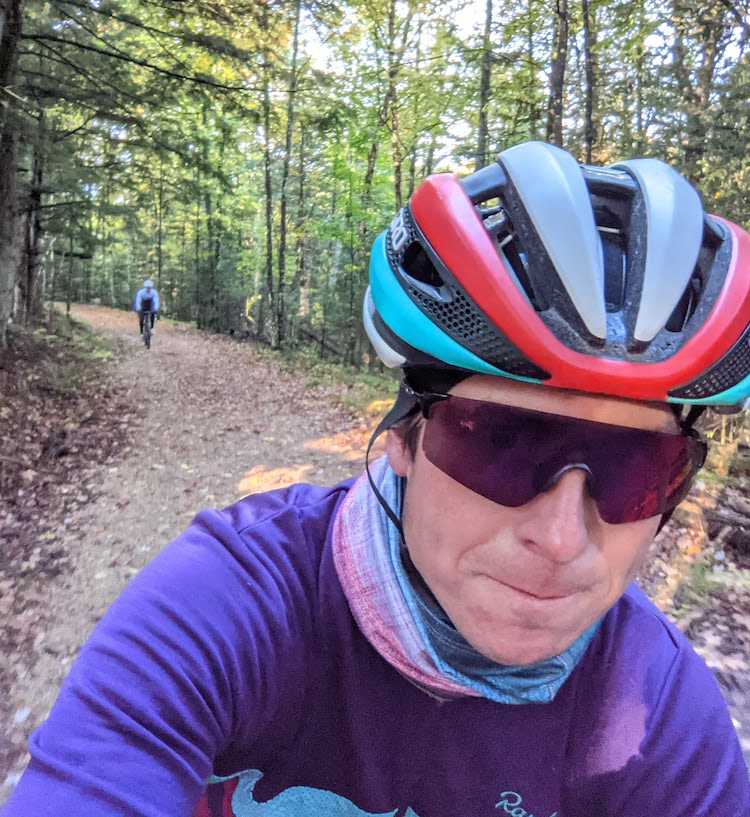
MR: Speaking of hockey, can you talk about any hobbies you have when you’re not brewing?
RH: I play hockey twice a week. It’s just a great workout. There are two Amorphic Beer hockey teams, and I play on both of them. I ride my bike a lot. I used to ride as much as 7,000 miles a year. Since I started this place, I’ve been unable to even get to 3,500 miles in a year. It’s cut my mileage in half.
MR: What sort of music do you like? Do you have a favorite band or musical artist?
RH: Well, for the past five years, there’s a band I’ve been really into called La Dispute. They’re a post-punk/hardcore band from Grand Rapids, Michigan. It’s scream-y, but the music is so complex at the same time. I’ve always liked complex music, just like I like complex beer and complex processes, so my longtime all-time favorite is Tool. However, in my late thirties and forties, I’ve also gotten into socially aware independent hip-hop a lot. I’m the 45-year-old guy at Cactus Club sometimes and people are probably like “What’s this guy doing here?” It’s a good time.
MR: Are there any movies or TV shows you really like?
RH: I talk about this a lot, but my favorite show ever is The Expanse. It was on the Syfy network, then Amazon Prime. It’s the most scientifically accurate sci-fi show ever made. They follow all the rules of physics. Plus it’s kind of like The West Wing at the same time, except instead of Republicans versus Democrats, it’s Mars versus Ganymede and it takes place 200 years in the future, so that’s my favorite show by far.
MR: What are some go-to Milwaukee bars and restaurants?
RH: I go to Cactus Club for shows. I bet since Vanguard opened, I’m probably one of their top customers because it’s close to where I live. I like Goodkind a lot. I spend a lot of time in Riverwest. You can find me at Wonderland and Art Bar, and I still go to Company Brewing.
MR: Can you talk about the Riverwest Brewery Syndicate. I find it interesting you’re all encouraging people to drink at each other’s breweries and even giving them the means to get there when the shuttle is running. What should readers know about that?
RH: It existed before Amorphic. For a long time, it had four breweries: Gathering Place, Company, Black Husky, and Lakefront. Then they welcomed us in. The philosophy is that if all of us do better, the neighborhood does better, and we can make Riverwest a craft beer destination. I think it has the best beer overall of any neighborhood in Milwaukee. We wanted to introduce that to people that maybe don’t live in Riverwest or nearby in places like Shorewood or the East Side.
We collaborate and have monthly meetings where we talk about events we have coming up. Also, I dropped a gasket into a tank once and was going to have to dump a batch of beer. Luther at Lakefront just told me to come by, gave me the gasket, and saved the day. Gathering Place needed a special part last week that we happened to have, so they came by for that. I don’t know if that’s common everywhere.
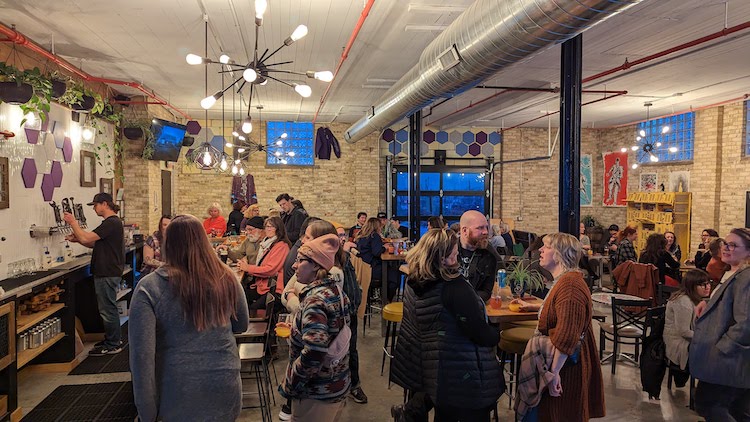
MR: What’s on both the long-term and short-term horizons for Amorphic?
RH: Short-term, I’m excited about some of the stuff we have in the production plan for summer. We have a bunch of exciting IPAs coming out, as we often do. We have Diorama-Rama coming up. In the long-term, both of us are in a semi-retired situation, which means we quit our jobs a little bit earlier than we probably should have. So we need some income. Some people buy duplexes. We decided to start a brewery. It might have not been the best economic choice, but it’s certainly more fun. Since we’re not a growth business, we don’t have to keep making more, more, and more beer. It looks like we’re going to make around 400 barrels of beer a year, and it looks like we’re going to be able to achieve all our goals making about 400 barrels of beer a year. So our goal is to just maintain that and that level of revenue.
We’ve decided we’re not going to try to be in every bar and restaurant. We’d have to use less expensive ingredients to do so. We want to keep doing what we’re doing, stay at the size we are, and stay flat as craft beer revenue continues to go down as a whole.
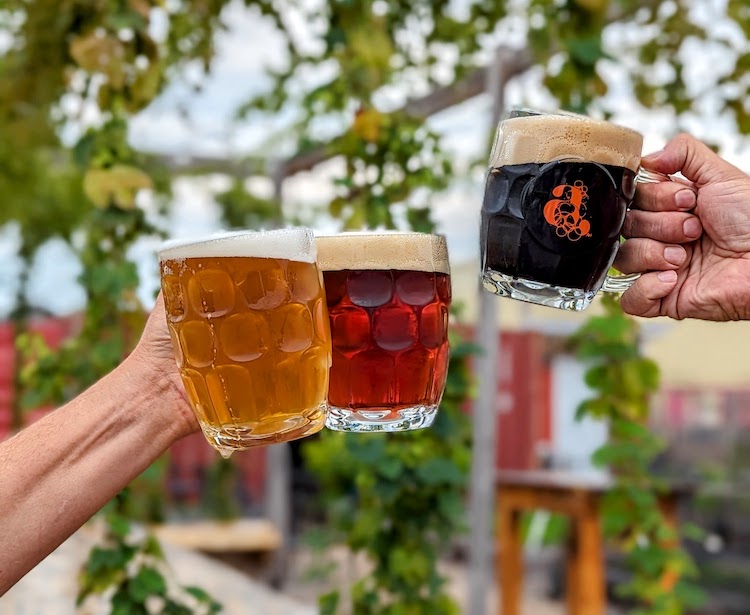
Want more Milwaukee Record? Subscribe to our free weekly newsletter and/or support us on Patreon.
RELATED ARTICLES
• Meet A Brewer: Get to know Sam Danen from Third Space Brewing

